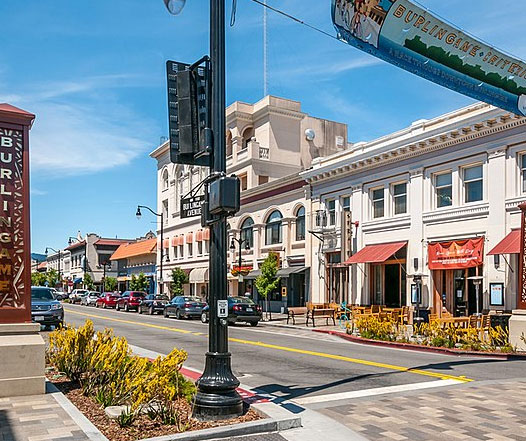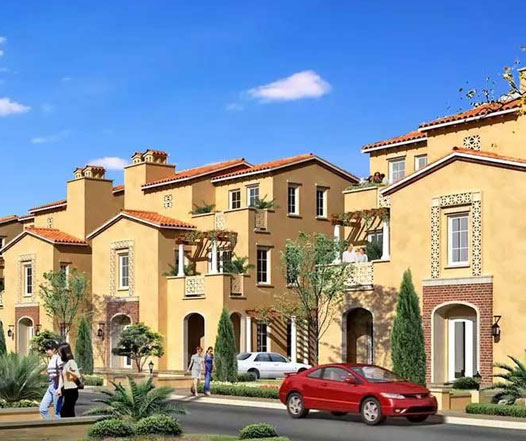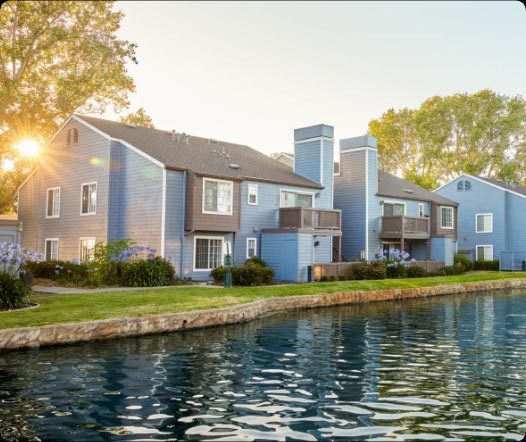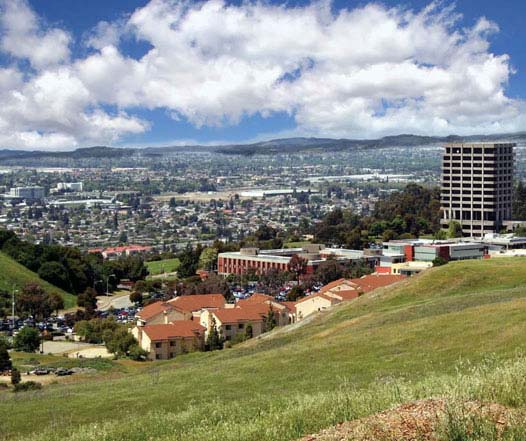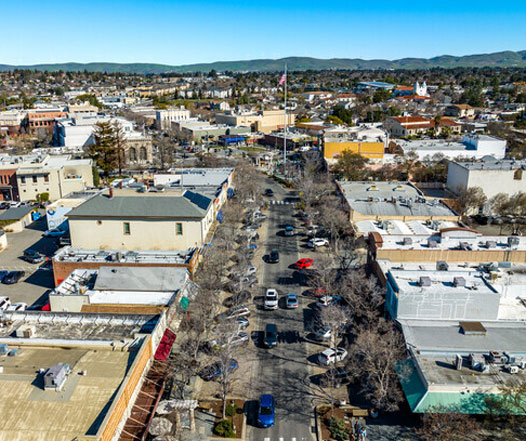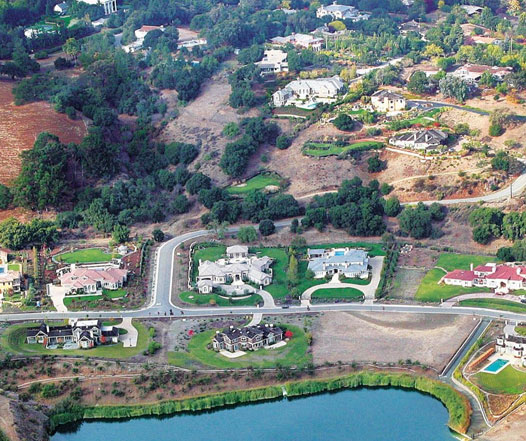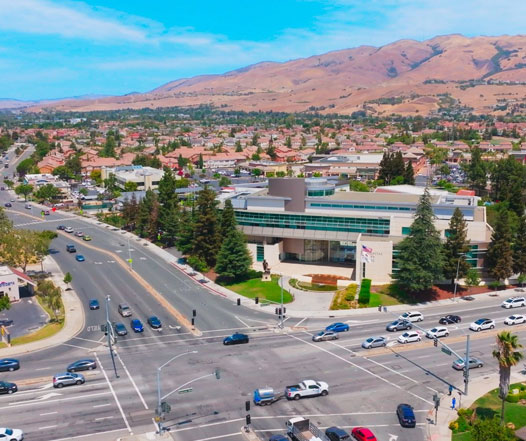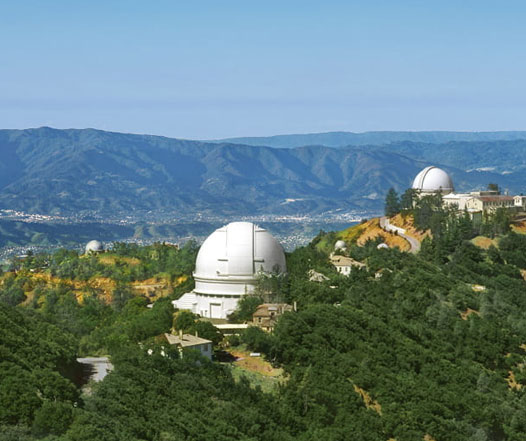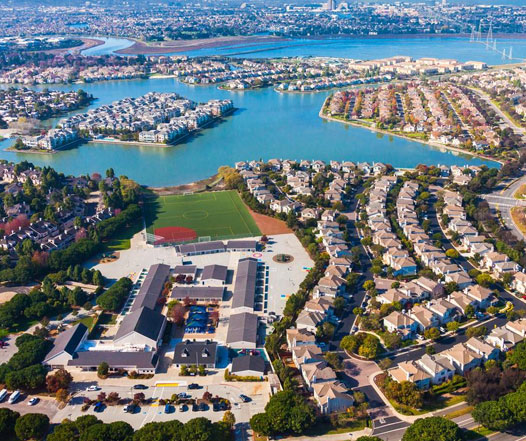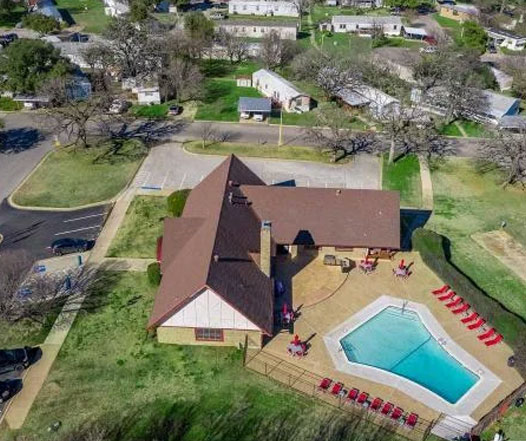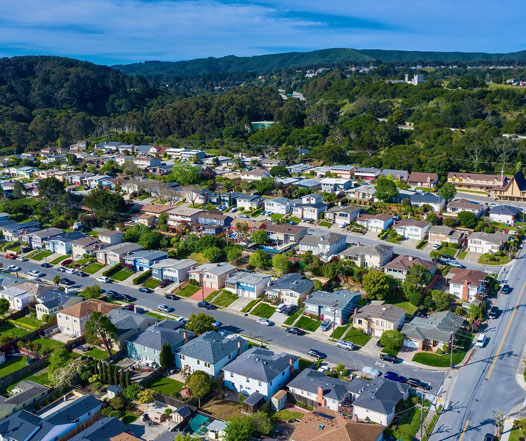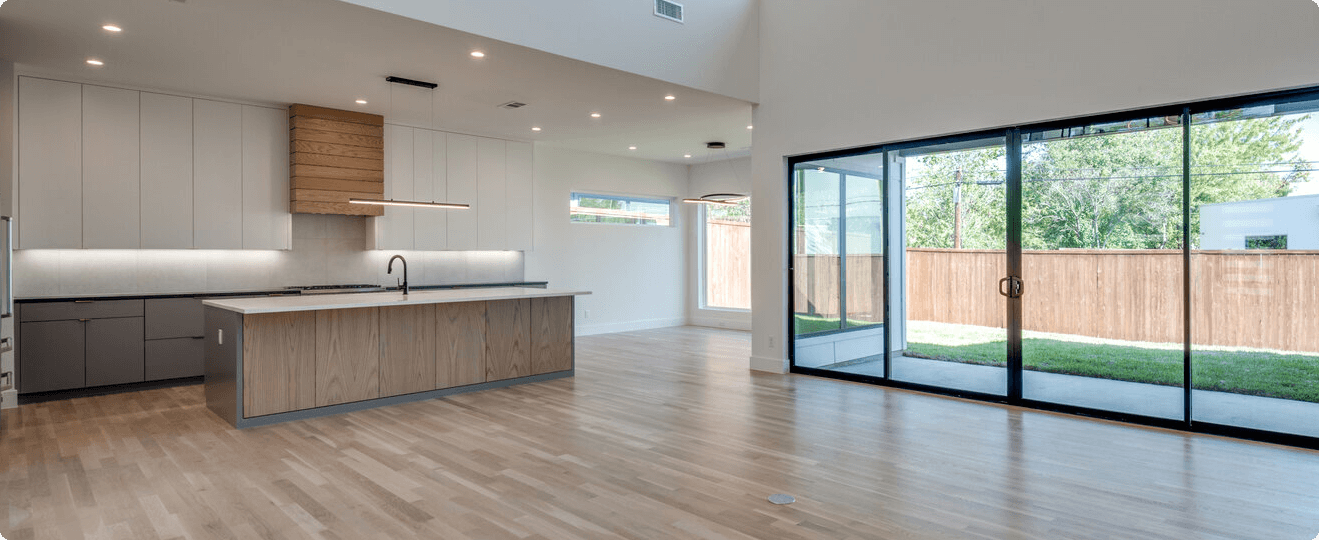
Introduction
Cupertino is known for its progressive stance on housing solutions, particularly with its clear and supportive regulations for Accessory Dwelling Units (ADUs). These rules ensure that residents can add functional and aesthetically pleasing living spaces to their properties without undue hassle. “ADU Specialist Bay Area” is dedicated to helping homeowners navigate these regulations, providing expert advice and support throughout the process. From initial consultation to final approval, their team ensures that your ADU project meets all local requirements and enhances your property’s value.
Essential ADU Rules for Cupertino
What you can build
Maximum size
Up to 1,200 square feet for detached units.
Side / rear setbacks
Minimum of 4 feet from property lines.
Two stories
Permitted with specific design requirements.
Building separation
Minimum of 6 feet from the main dwelling.
Permitting timeline
Standard
Typically 60-90 days.
Coastal
Not applicable in Cupertino.
Zoning Regulations in Cupertino
Zoning regulations in Cupertino dictate where ADUs can be constructed, ensuring compatibility with neighborhood character and local infrastructure. Residential zones like R-1 and R-2 are commonly eligible for ADU development.
ADU Size Limitations
| Lot Size | Single-Family (Maximum Floor Area Allowed) | Duplex and Multi-Family (Maximum Floor Area Allowed) |
| Under 7000 | 700 sq ft | Not permitted |
| 7000 - 9999 | 800 sq ft | 1 ADU + 400 sq ft per existing unit (up to 1200 sq ft max) |
| 10000 - 12999 | 900 sq ft | 1 ADU + 450 sq ft per existing unit (up to 1200 sq ft max) |
| 13000 - 19999 | 1000 sq ft | 1 ADU + 500 sq ft per existing unit (up to 1200 sq ft max) |
| 20000+ | 1200 sq ft | 1 ADU + 550 sq ft per existing unit (up to 1200 sq ft max) |
ADU Height Limitations
Cupertino allows ADUs to reach a maximum height of 16 feet for single-story structures and 25 feet for two-story structures, maintaining harmony with existing buildings.
Building coverage
ADUs must not exceed 50% of the total lot coverage, ensuring ample open space and landscaping.
Location
| Property Type | Location Requirement |
| Single-Family Homes | Attached ADUs: Must share one wall with the main dwelling. |
| Detached ADUs: Must be at least 10 feet from the main dwelling. | |
| Junior ADUs (JADUs): Must be within the existing structure. | |
| Duplex and Multifamily | Attached ADUs: Must be integrated into the main structure. |
| Detached ADUs: Must adhere to building separation rules. |
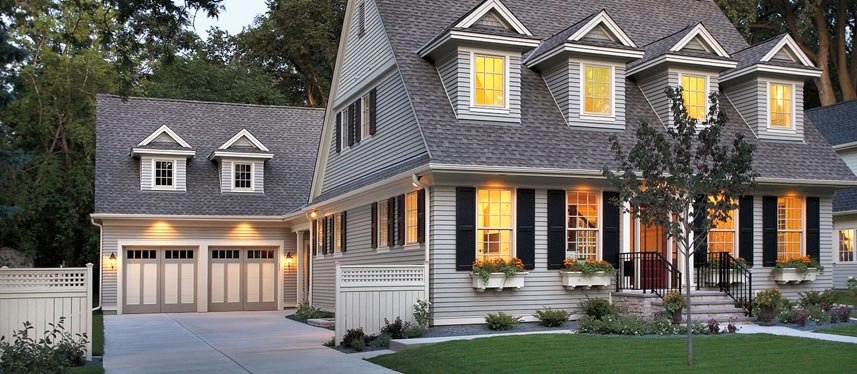
Exterior details
ADUs in Cupertino must complement the primary residence’s design, including matching materials, colors, and rooflines, ensuring aesthetic cohesion.
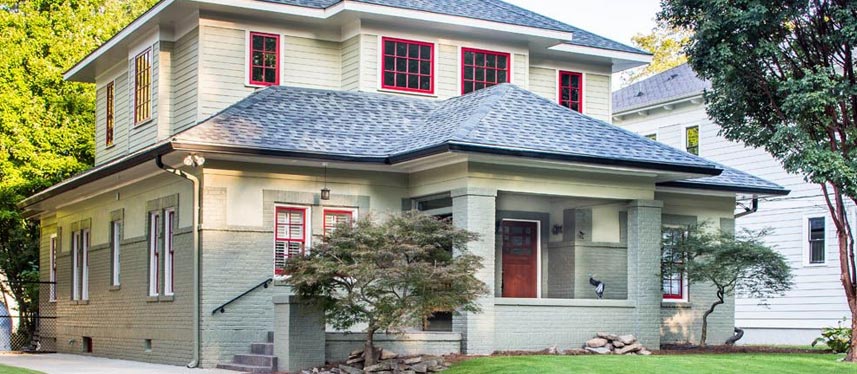
Parking
Cupertino requires one additional parking space per ADU, except when located within half a mile of public transit, where no additional parking is necessary.
Setbacks and buffer zones
ADUs must maintain a minimum of 4 feet side and rear setbacks, ensuring privacy and space between neighboring properties.
Minimum Lot Area
| Lot Size | Minimum Lot Area for ADU | Description |
| Under 7000 | ADUs not permitted | Smaller lots lack sufficient space for ADUs. |
| 7000 - 9999 | 7000 sq ft | Suitable for small ADUs. |
| 10000 - 12999 | 10000 sq ft | Adequate for medium-sized ADUs. |
| 13000 - 19999 | 13000 sq ft | Ideal for larger ADUs. |
| 20000+ | No minimum lot area requirement | Flexible for large properties. |
Connection for utilities
All ADUs must have independent connections for water, electricity, and sewage, ensuring proper functionality and compliance with health standards.
Fire safety
Cupertino mandates that all ADUs meet stringent fire safety regulations, including smoke detectors, fire extinguishers, and accessible egress routes.
Room specifications
- Sleeping Areas: Must provide a minimum of 70 square feet per occupant.
- Kitchen: Must include a sink, cooking appliances, and refrigeration facilities.
- Bathroom: Must have a toilet, sink, and bathing facilities.
- Storage: Adequate storage space must be integrated within the ADU design.
Short-term Rentals and Home Occupations Regulations
Cupertino prohibits the use of ADUs for short-term rentals to maintain residential character and community stability.
Building codes
All ADUs must adhere to Cupertino’s building codes, ensuring structural integrity, safety, and energy efficiency.
Cupertino ADU Permit Guidelines
| Permit Type | Description | Estimated Fee |
| Building Permit | Required for ADU construction. | $2500 - $5000 |
| Electrical Permit | Required for electrical work. | $400 - $700 |
| Plumbing Permit | Required for plumbing installations. | $400 - $700 |
| Mechanical Permit | Required for HVAC installations. | $400 - $700 |
| Grading Permit | Required for site grading. | $300 - $500 |
| Site Development Permit | Required for site planning. | $300 - $500 |
| Zoning Permit | Required for zoning compliance. | $200 - $400 |
Property requirements
Properties must meet specific criteria for ADU development, including zoning compliance, adequate lot size, and adherence to setback requirements.
Parking
Additional parking space is required unless the ADU is within half a mile of public transit, where this requirement is waived.
Front setbacks
ADUs must be set back at least 20 feet from the front property line to maintain neighborhood aesthetics and safety.
Side and rear setbacks
Minimum side and rear setbacks of 4 feet are required to ensure adequate spacing and privacy between properties.
Open space and rear yards
ADUs must preserve at least 30% of the lot as open space, ensuring ample yard area for recreational use.
Properties that qualify
To determine your property’s eligibility for ADU development, contact the Cupertino Planning Department.
- Verify that your property is within Cupertino’s jurisdiction.
- Check the specific residential zones that permit ADUs. Common zones in Cupertino include R-1, R-2, and R-M.
- Other General Plan designations that permit ADUs:
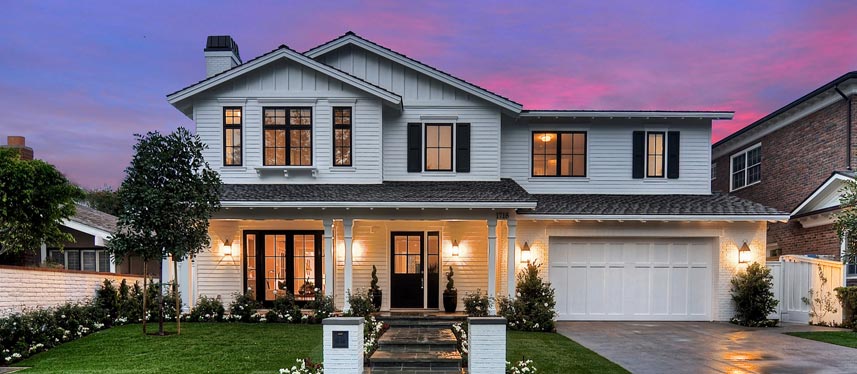
- Residential Mixed-Use (RMU): Allows integration of residential and commercial uses, enhancing living flexibility.
- Transit-Oriented Development (TOD): Promotes development near transit hubs, encouraging sustainable living.
- Specific Plan areas: Tailored development plans that accommodate ADUs, reflecting local community needs.
Development standards
Single-family
- Attached: Must share a wall with the main residence, ensuring a seamless design.
- Detached: Must be separated by at least 10 feet from the primary dwelling, allowing for independent access.
Duplex properties
- Attached: ADUs must be integrated within the main building structure, maintaining a cohesive appearance.
- Detached: Must comply with spacing requirements, ensuring sufficient separation from the main buildings.
Multifamily properties
- Attached: Can be built within existing multifamily structures, utilizing available space efficiently.
- Detached: Must follow specific guidelines for placement and design to ensure harmony with the primary structures.
Junior ADUs (JADUs)
JADUs must be created within the existing footprint of the primary residence, typically not exceeding 500 square feet.
Property designations
- Flood Zones: ADUs in flood zones must adhere to elevated construction standards to prevent water damage.
- Geohazard Zones: Construction in geohazard zones requires additional safety measures to mitigate risks.
- Historic Designation: ADUs on historic properties must respect and preserve the architectural integrity of the primary structure.
- Easements: Construction near easements must ensure access and not interfere with utility services.
Summary
Cupertino’s ADU regulations are designed to promote flexible housing solutions while maintaining the city’s aesthetic and safety standards. By understanding and adhering to these rules, homeowners can enhance their properties and contribute to addressing the local housing shortage. “ADU Specialist Bay Area” offers expert guidance throughout the ADU development process, ensuring compliance and successful project completion.
FAQ
The maximum size for an ADU in Cupertino is 1,200 square feet for detached units, ensuring sufficient living space while maintaining neighborhood character.
Cupertino mandates a minimum setback of 4 feet from the side and rear property lines, providing adequate separation between structures.
Yes, two-story ADUs are permitted in Cupertino, provided they adhere to specific design and height regulations to ensure neighborhood compatibility.
The standard permitting timeline for ADUs in Cupertino is typically between 60 and 90 days, depending on the project’s complexity.
Residential zones such as R-1, R-2, and R-M in Cupertino are commonly eligible for ADU development, offering a range of options for homeowners.
One additional parking space per ADU is required unless the unit is within half a mile of public transit, where the parking requirement is waived.
ADUs in Cupertino can be up to 16 feet for single-story and 25 feet for two-story structures, ensuring they blend well with existing buildings.
No, Cupertino prohibits using ADUs for short-term rentals to maintain community stability and residential character.
ADUs must have independent connections for water, electricity, and sewage to ensure proper functionality and health standards compliance.
Yes, ADUs must match the primary residence’s design, including materials, colors, and rooflines, ensuring aesthetic harmony.
The minimum lot size for an ADU in Cupertino varies, but lots under 7,000 square feet generally do not qualify for ADU construction.
Yes, all ADUs must meet fire safety regulations, including smoke detectors, fire extinguishers, and accessible egress routes.
Kitchens in ADUs must include a sink, cooking appliances, and refrigeration facilities to ensure a functional living space.
ADUs in flood zones must adhere to elevated construction standards to prevent water damage and ensure safety.
Yes, but ADUs on historic properties must respect and preserve the architectural integrity of the primary structure.
Specific plan areas in Cupertino are tailored development plans that accommodate ADUs, reflecting local community needs.
Junior ADUs (JADUs) must be created within the existing footprint of the primary residence and typically not exceed 500 square feet.
Yes, various permits such as building, electrical, plumbing, and mechanical permits are required, each with associated fees.
Yes, ADUs can be either attached or detached, with specific requirements for each to ensure compatibility with the main dwelling.
ADUs must be set back at least 20 feet from the front property line to maintain neighborhood aesthetics and safety.
ADUs must complement the primary residence’s exterior design, including matching materials and colors, to ensure neighborhood cohesion.
ADUs must not exceed 50% of the total lot coverage, ensuring ample open space and landscaping.
ADUs must have independent water, electricity, and sewage connections, ensuring proper functionality and compliance with health standards.
Yes, ADUs can be used for home occupations, provided they meet the city’s regulations for such use.
ADUs must preserve at least 30% of the lot as open space, ensuring ample yard area for recreational use.


